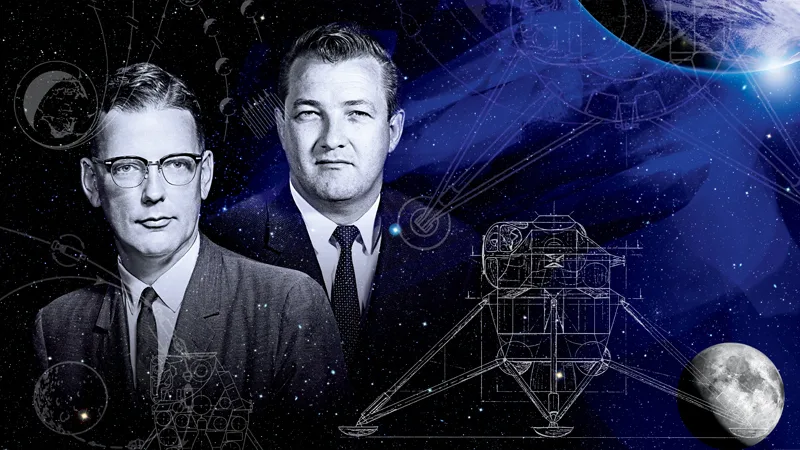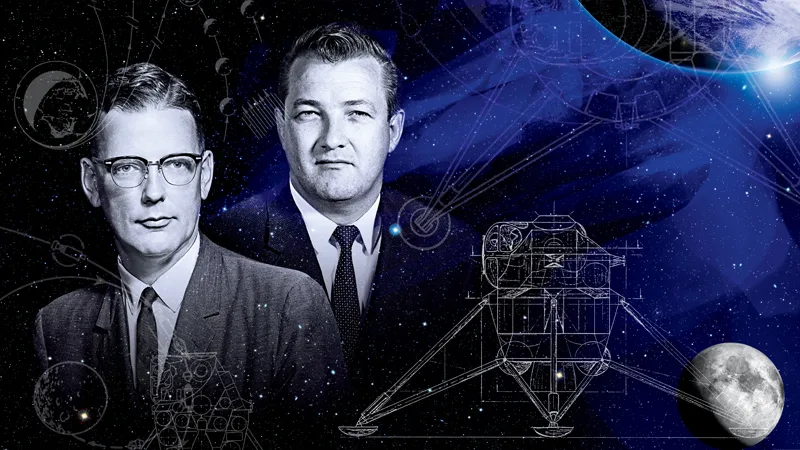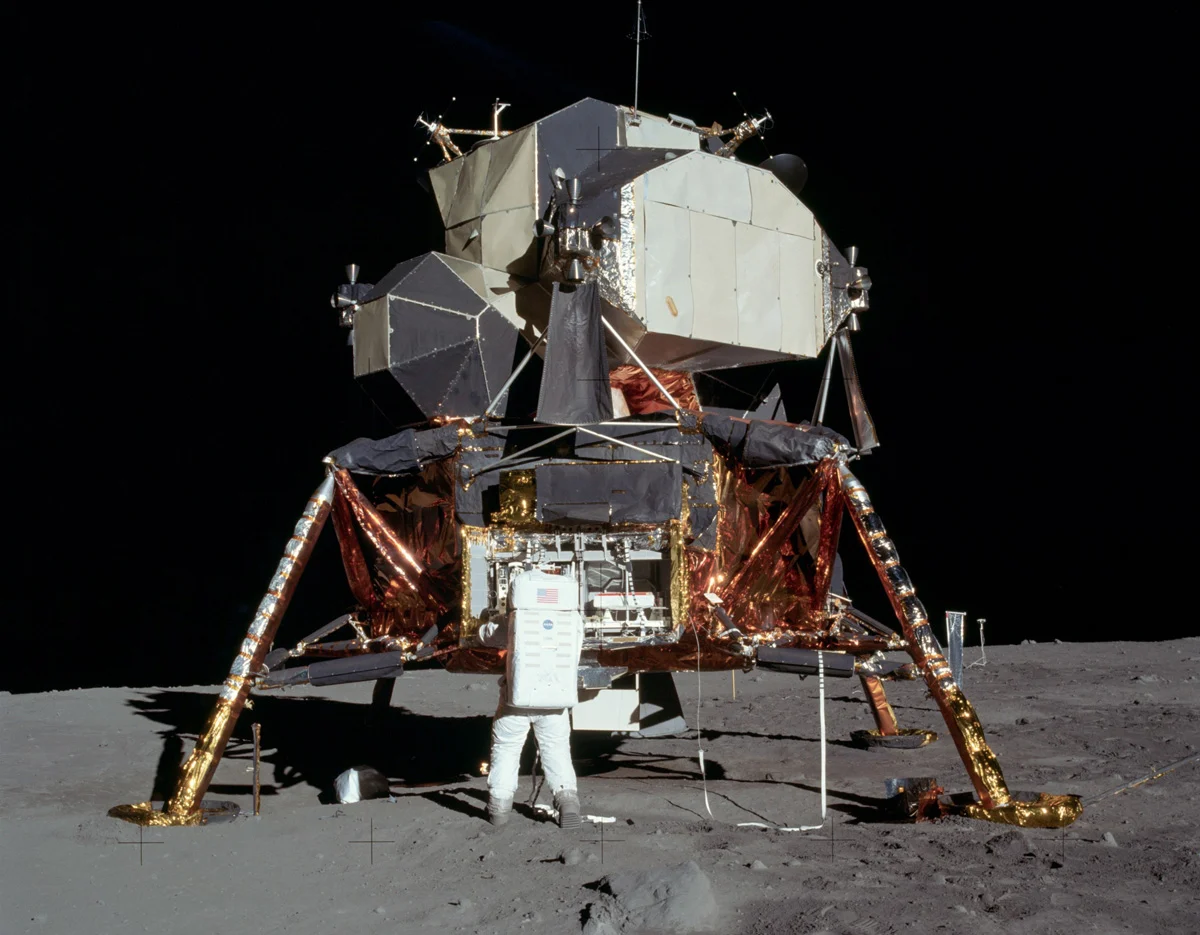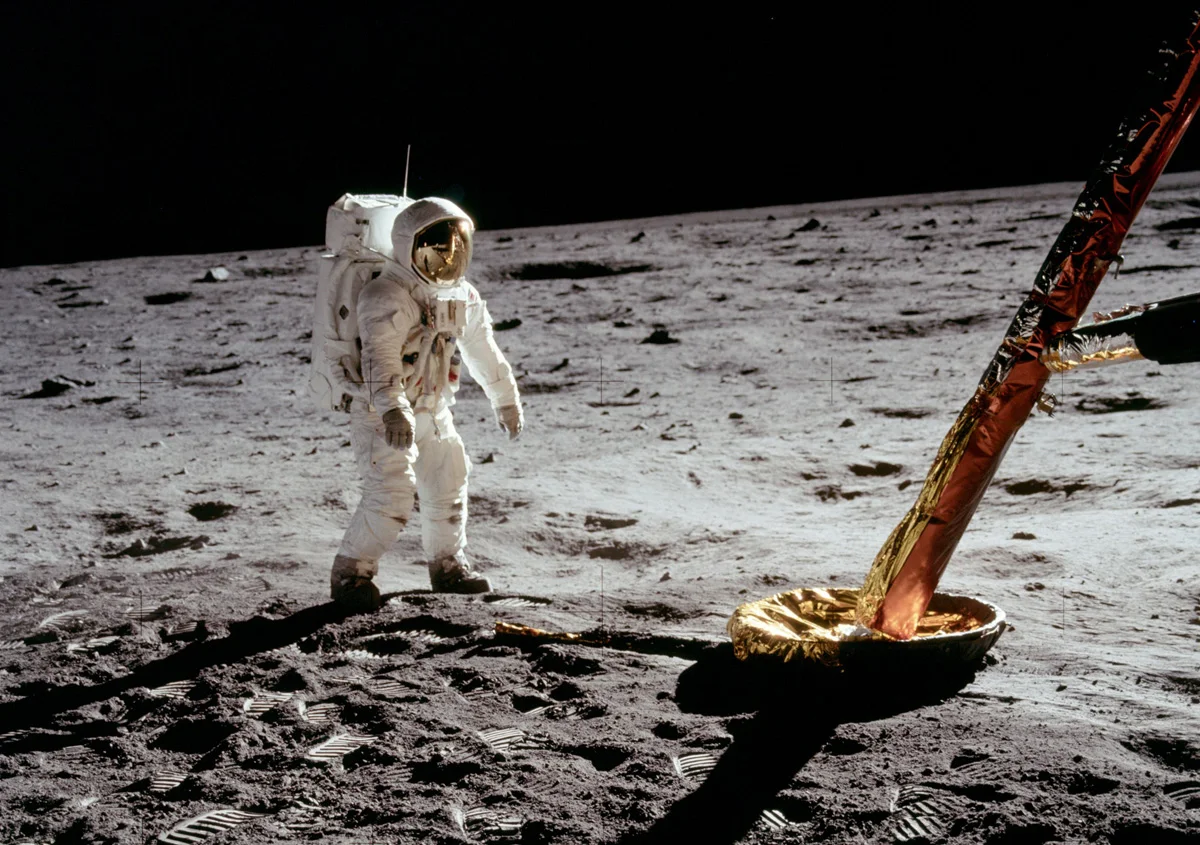
Canadians played pivotal roles in the Apollo 11 moonshot. Here's how
The first 'feet' on the Moon during the Apollo landing were Canadian!
American president John F. Kennedy was who promised a lunar landing, and it was American astronauts that first walked on the Moon on July 20, 1969, but Canadians had a pivotal role in the success of the Apollo missions.
Canada's involvement in the Apollo lunar missions was three-fold.
First, NASA's decision to go with a 'lunar orbital insertion' plan was a direct result of the work of engineer James Chamberlain, from Kamloops, B.C., during Project Mercury.

The Apollo mission flight plan. Credit: NASA
As the above diagram shows, the final plan for the Apollo moonshot was to launch the combined command module and lunar lander into Earth orbit, which would then fly to the Moon and enter into orbit around it. The lunar lander would then detach, and descend to the surface, leaving the command module in orbit. The astronauts would step out onto the lunar surface, plant the flag and lunar retroreflector, explore, gather samples, get back in the lander, and use the ascent module to return to lunar orbit, where it would link back up with the commande module. When that was complete, the combined ascent module and command module would fly back to Earth.
This was only one of the original plans, however. One other plan involved launching the spacecraft directly from Earth to the Moon, and then back again, with no lunar orbit phase. This would have made Apollo 11 a much more cost and energy intensive mission, however, so it was abandoned, primarily due to Chamberlain's support for the lunar orbit rendezvous plan.
Changing the flight plan fundamentally altered the design for the lunar landing module, which contributed to the success of the mission.

James Chamberlin and Owen Maynard. Credit: Canada Post
The design of the LEM, or lunar excursion module, is mainly attributed to engineer Owen Maynard, who was born in Sarnia, Ont., and who earned his degree in engineering from the University of Toronto. Having worked on the Canadian CF-105 Avro Arrow project, Maynard then joined NASA's Project Mercury, and then the Apollo program.

Buzz Aldrin standsin front of the Apollo 11 lunar module. Credit: NASA
According to Maynard, there were several factors that were considered for the design of the LEM. The materials and colours of the module were specifically chosen for their ability to reflect sunlight and radiate heat into space. The fundamental structure of the module, including the fuel system, was designed for it to maintain its centre of gravity, even while it was burning fuel, and for it to be as light as possible.
Even the inclusion of the flag that Neil Armstrong and Buzz Alrin planted on the lunar surface caused some conflict, at the time.
"[The flag's] got to be carried in the lunar module, and occupy space," he said in an interview in April of 1999, "and here we are fighting tooth and nail to get an ounce out of the thing."
Finally, the legs that the landing craft used to actually set down on the lunar surface were designed and built by Héroux Machine Parts Limited, a company headquartered in Longueuil, Quebec.

Neil Armstrong snapped this picture of Buzz Aldrin near the lunar module landing gear. Credit: NASA
Designing the landing gear for this mission was certainly a challenge. The landing system had to be as light as possible to conform to the mission requirements, while still doing its job of absorbing the energy of the landing, and keeping the module upright and stable, but it had to provide a stable launch platform for the ascent module when surface operations were finished. All of this, while taking into account that they had very little information on exactly what the lunar surface would be like, when they touched down.
It was the special crushable aluminum honeycomb design for the lunar lander legs that won Héroux the NASA contract. With them building the Apollo landing gear, this made Canadian feet the very first to touch the surface of the Moon during the Apollo 11 mission!
Watch below for more about how Canada contributed to the Apollo program, from space historian Amy Shira Teitel
Many thanks to Space historian and YouTube creator Amy Shira Teitel for talking to us and answering our questions! You can check out more videos from her on her YouTube channel, Vintage Space.
Sources: NASA | NASA History | Aréo Montréal | Vintage Space
RELATED: A 3D LOOK AT THE APOLLO 11 LANDING SITE
--
Editor's note: This article was originally published in July 2019.
